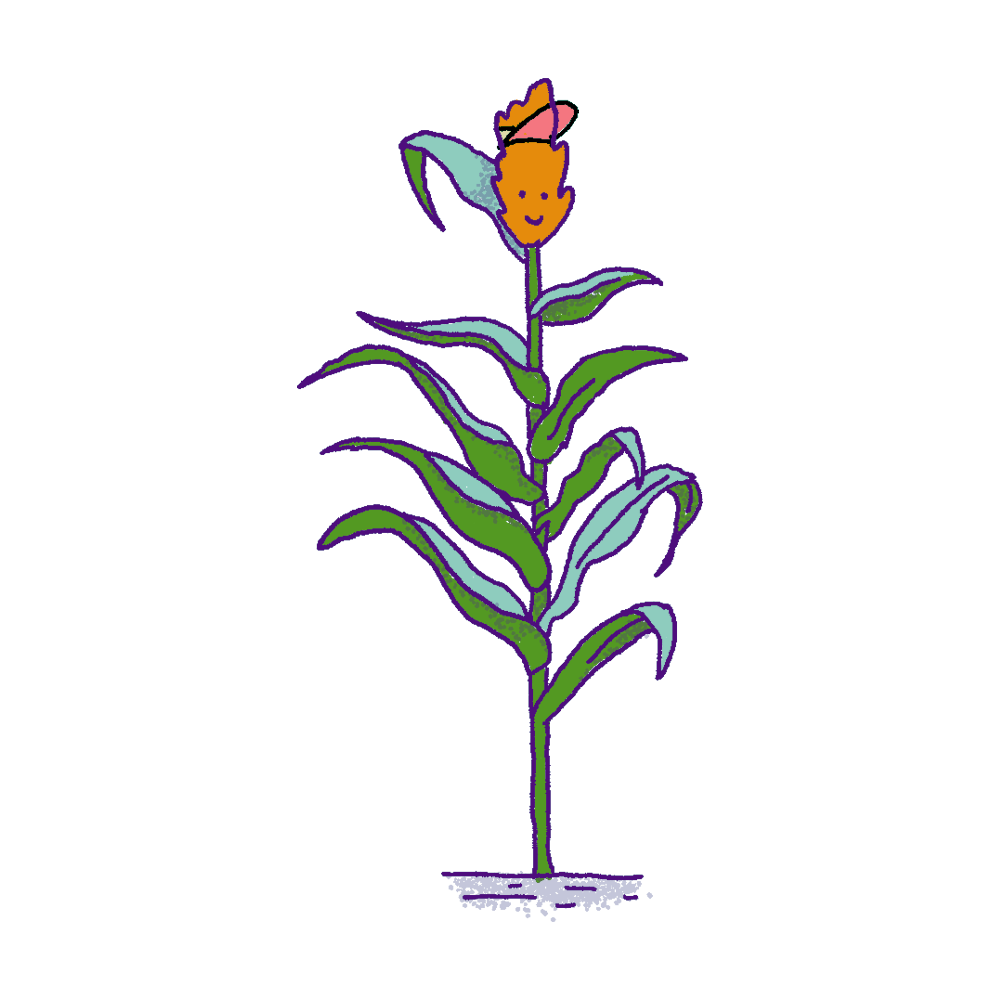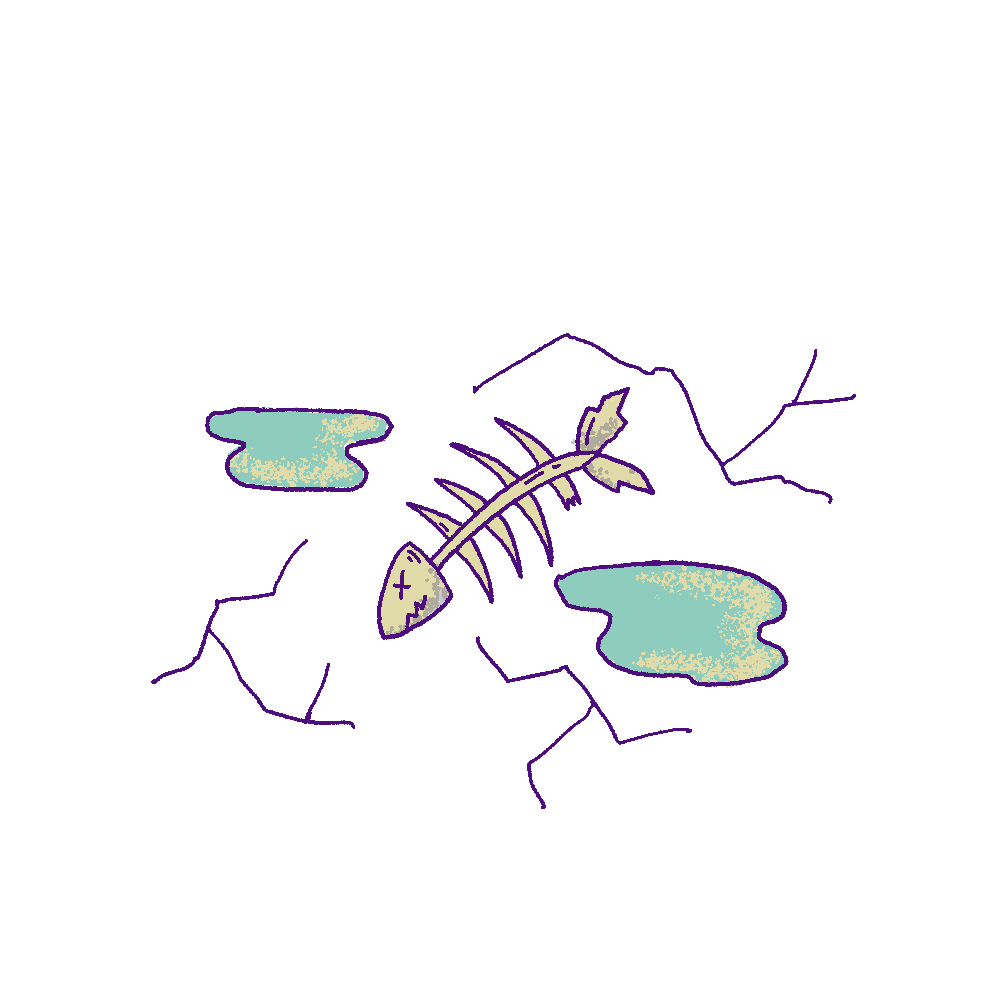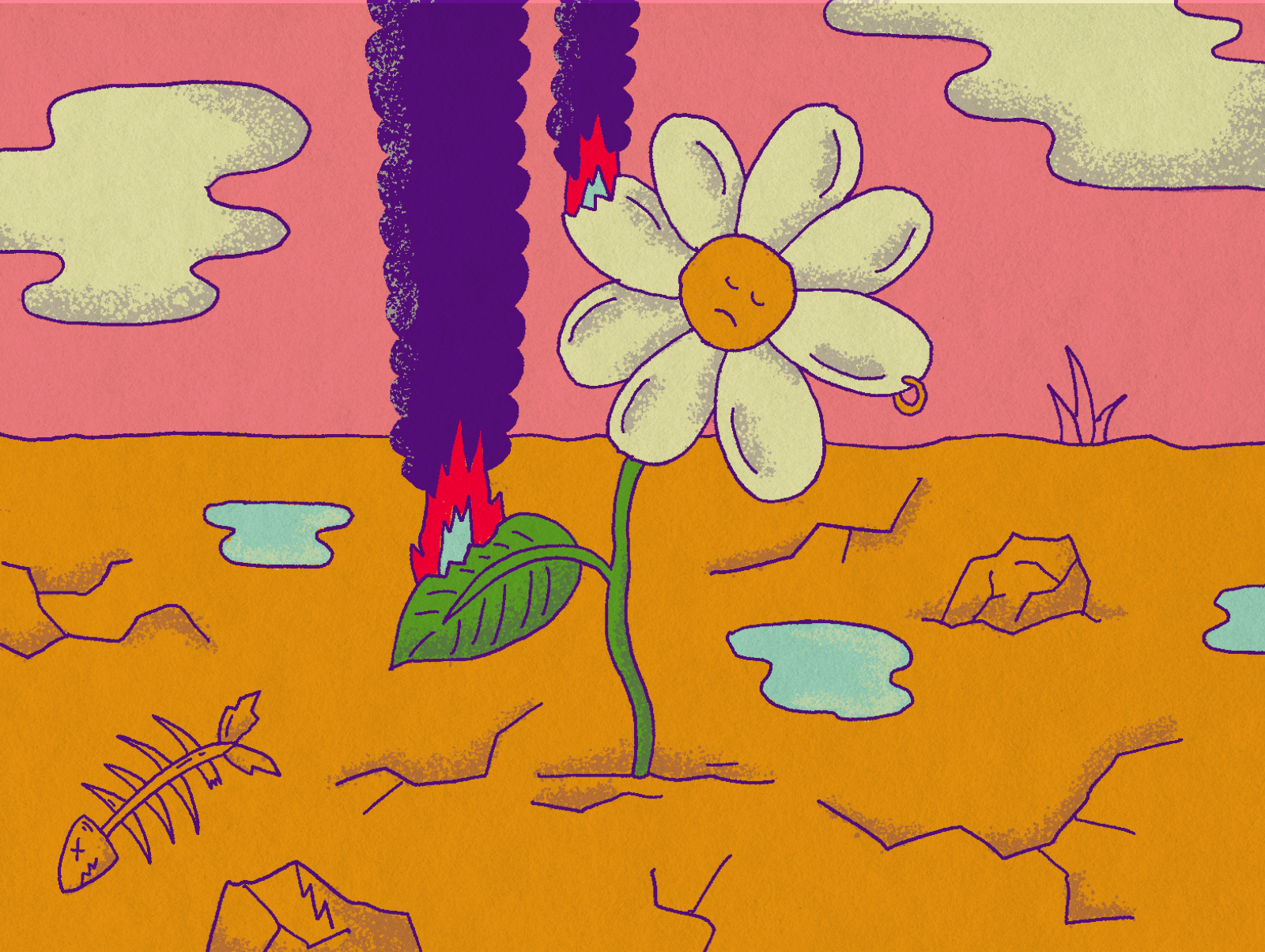Everyone has experienced the heatwave caused by climate change in Europe. What is a heatwave for us is a drought for agriculture, and the damage is also historic. We asked climate policy expert Erik Kovács about the plight on the continent and especially in one of the most affected countries in the region, Hungary.
Central and Eastern Europe is very seriously hit by drought, with huge losses in the agricultural sector. But the situation is not any better in other European regions. How big are the losses the continent’s agriculture suffered, and how can they be tackled at an international and regional level?
The 2022 European drought was historic, affecting 70% of the continent from Scandinavia and the UK to Southern and Central Europe. Too little rainfall caused problems even in regions like Ireland or Norway. Even the most optimistic estimates and satellite measurements indicate that 20-25% of Europe’s agricultural land is affected by severe, short-term irreversible drought. By June, most cereals had been successfully harvested, but a significant proportion of the crops grown in the second half of the growing season had been lost. This has caused losses of €50-100 billion for agriculture alone across the continent. The losses can only be mitigated this year through compensation from the EU and national levels. As we can hear in the news and read on the European Commission’s website, farmers will receive substantial financial support this year. However, if drier and warmer weather continues next year, the European agricultural sector could face even more severe problems. This means we must start preparing at a pan-European level for the scenario that next year could be another year of brutal weather, just like 2022. If a wet year or period is coming, which is very likely based on global circulation changes, the agricultural sector could be over the current shock in 1-2 years.

Is a paradigm shift in agriculture needed in the region? If so, what irrigation methods and other practices can be good examples of the agricultural paradigm shift in Central and Eastern Europe?
Unfortunately, most countries in Central and Eastern Europe have not taken seriously the scientists’ warning that climate change is upon us. In recent years, farmers have benefited from substantial subsidies to encourage a transition to irrigated farming. These subsidies are expected to be multiplied during the 2021-2027 European budget period. A solution must be found as soon as possible for targeted surface water and groundwater storage, and new technologies must be applied to use water resources for agricultural and drinking-water supply. Another solution is the storage of precipitation with the building of stormwater storages. The various forms of surface water retention are the most effective means of protecting ourselves from the negative impacts of climate change. In addition to irrigation, developing a water retention scheme would be the best solution to mitigate drought damages in the region. Irrigation alone is not a sufficient solution against drought and the caused damage, either in the short or long term. The only way to prepare the agricultural sector for the extreme weather events due to climate change is to simultaneously implement several alternative techniques and technologies, find region-specific solutions, and offer help locally with the cooperation of the EU, national decision-makers, experts, research centers, and farmers. The green transition in agriculture is crucial, but there are other priorities now! Firstly, the war in Europe resulted in an energy crisis, and secondly, we experienced a historic drought. The priority for the agricultural sector now is to survive the current very serious period of crisis and not the compliance with bureaucratic expectations. Farmers will go bankrupt because of ill-considered penalization if they are punished now for not staying under the average GHG emission levels. When the war is over and the economy and the market situation are back to normal, we can or should return to these policies, but now we cannot afford them. Farmers also need to change their attitude. Many of them are still reluctant to use precision agriculture tools, even though the future of agriculture lies in digitalization and robotization. The adaptation to climate change without them would never succeed.

Another question is what to grow: can sorghum and other drought-tolerant crops be the future instead of maize? What are our options?
A solution may be to move arable cultivation from arid to less dry regions, in the case of Hungary, for example, from the Great Hungarian Plain to the Little Hungarian Plain and the flat parts of Transdanubia. Cereal production is significantly declining in Southern Europe and the Balkans, but the size of areas suitable for cereal production is growing in the northern part of Northern Europe. A similar phenomenon can be observed in viticulture. Climate change has pushed the ideal wine-growing areas 300-500 km north, and grapes can now successfully be grown in the southern part of the Scandinavian Peninsula. Regarding our currently grown crops, renaissance might come for the less productive but more stress-tolerant, short-season ones, such as short-season soybean varieties and spelt. The drought of 2021 and 2022 could accelerate the decline of maize production in Hungary; we can no longer grow corn effectively by at least 300-400,000 hectares of the country. Currently, 6-8% of the country’s arable land is unsuitable for maize production, but due to climate change, this number is expected to rise rapidly in the coming years. One of the main alternatives to maize in drought-prone regions is sorghum, as its heat- and drought-tolerance is much better. Sorghum was widespread in Hungary until the 1920s and 1930s, but its growing area significantly declined over the last 50-60 years. We have a very crucial asset that must be exploited in the near future: Hungary has a unique gene back; we have basically a gene bank system that is unique in the world. We can continuously breed and develop seeds that can adapt to the changing climate and weather. However, the selection of species alone is just part of the success story; the whole technological system needs to be altered, from soil cultivation and intelligent farming to crop protection. Soil is the key to everything: plants can survive droughts with less damage if it can retain water.
How high are the costs of drought damages currently in agriculture, and what kind of resources are needed for effective adaptation?
Only estimates are available at this point. Definite figures will be available only after the harvest, in the first half of next year. Some estimates put the figure at around €50-100 billion, but there are reports from Brussels that put it much higher. In Hungary, we have heard estimates so far of between HUF 650 and 1000 billion, but again, we will be sure of the cost of the damage only next year.

The Carpathian Basin’s water management has recently come under criticism. What changes are expected in this field?
If we look at water management in the Carpathian Basin regarding irrigation, the region deserves a C+. Hungary is in an extremely difficult position, as most of our major rivers originate from over our borders and just flow through our land. Our task and challenge for the future are to solve the storage of a significant part of the precipitation and to save the water from the rivers at high water level periods to the dry seasons.
Erik Kovács, Dr. graduated from the University of West Hungary with a Master’s degree in Geography and then obtained his Ph.D. at the Doctoral School of Environmental Sciences at Eötvös Loránd University, graduating summa cum laude. He specialized in environmental geosciences, in particular climate research and agroclimatology. He is a senior researcher at the Climate Policy Institute in Budapest.

S/ALON BUDAPEST focuses on Hungarian glass this year

Ivan Dorn: The Renaissance man forever in motion










